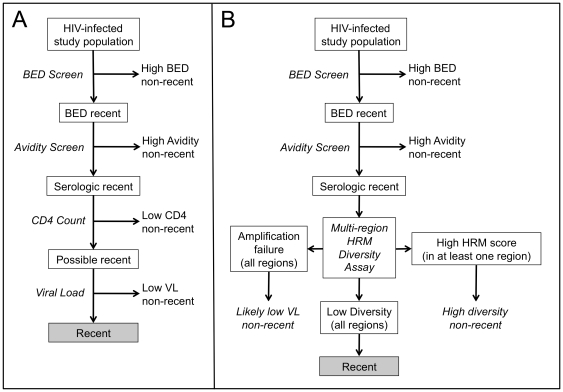Figure 5. Use of the HRM diversity assay as part of a multi-assay algorithm for HIV incidence determination.
Panel A shows one example of a multi-assay algorithm developed for HIV incidence determination. In this algorithm, samples from HIV-infected individuals are first tested using the BED-CEIA assay, using a high assay cutoff to indicate non-recent HIV infection (BED screen). Samples that are below the BED screen cutoff (BED recent samples) are then tested using a second serologic assay, such as one based on antibody avidity (avidity screen). Samples that are below the cutoff for the second serologic assay are considered to be “serologic recent” samples. Samples with low CD4 cell count test results are then excluded as non-recent (note that CD4 cell count test results are usually obtained for all HIV-infected individuals at the time of sample collection). Finally, samples that are not excluded based on CD4 cell count are tested using a viral load assay, and samples with low viral loads are excluded as non-recent. The remaining samples are characterized as recent for the purpose of estimating HIV incidence. Panel B shows an alternative multi-assay algorithm that incorporates the HRM diversity assay. In this algorithm, samples that are characterized as serologic recent based on two assays (BED screen and an avidity screen) are tested with a multi-region HRM diversity assay. Samples that have a high HRM score in at least one of the regions tested are excluded as non-recent. Samples that fail to amplify in all regions tested are also excluded as non-recent, based on the assumption that they have low viral loads; this could be confirmed with a viral load assay. Samples that have low HRM scores in all regions tested are characterized as recent for the purpose of estimating HIV incidence.

